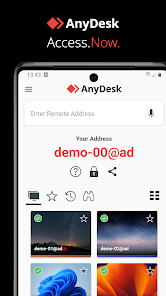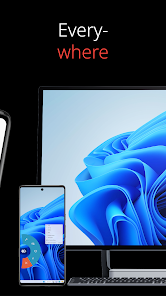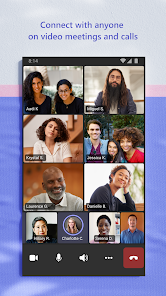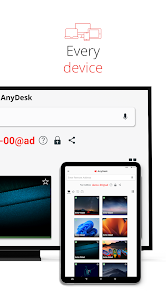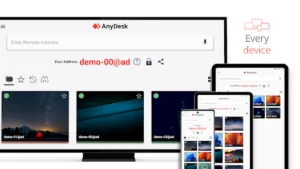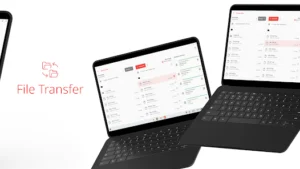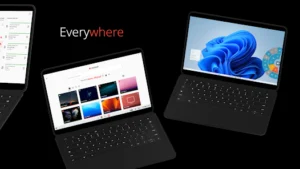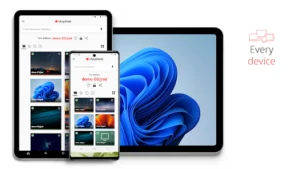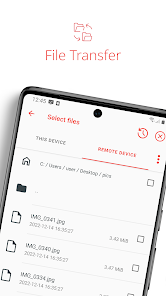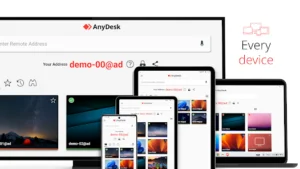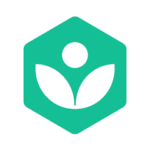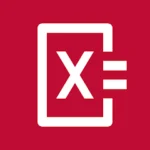Choosing the Right Remote Access Software
The ability to access computers remotely has become essential for many individuals and businesses. Remote access software allows you to control a computer from a different location, enabling remote work, IT support, and convenient access to files and applications. This guide explores different remote access methods and helps you choose the right solution for your needs.
Key Methods for Remote Desktop Access:
-
Dedicated Remote Desktop Software: This is the most common approach, involving software installed on both the host (the computer being accessed) and the client (the device used to connect). Popular options include:
- AnyDesk: Known for its focus on speed and performance, making it suitable for tasks requiring low latency.
- TeamViewer: A widely used option offering a comprehensive set of features, including file transfer, remote printing, and cross-platform compatibility.
- Chrome Remote Desktop: A free and simple browser-based solution, easy to set up and use from any device with the Chrome browser.
- Microsoft Remote Desktop: Built into Windows, offering seamless integration within the Windows ecosystem.
-
VPNs (Virtual Private Networks): VPNs create a secure connection to a network, allowing you to access network resources as if you were physically present. This is a good option for accessing files on a shared network or enhancing security when using other remote access methods.
-
Cloud-Based Desktops: These services provide a complete virtual desktop environment hosted in the cloud, accessible from any device with an internet connection. They are suitable for users needing consistent access to specific software or a standardized work environment.
Most Important Questions and Answers about Remote Desktop Access:
- What are the benefits of using remote access software? Remote access enables remote work, IT support, access to specialized software, and convenient access to files and applications from any location.
- Is remote access software secure? Reputable remote access software uses encryption to protect your data. However, it’s crucial to use strong passwords, enable two-factor authentication, and keep your software updated to minimize security risks.
- What factors should I consider when choosing remote access software? Consider factors such as ease of use, performance, security features, cross-platform compatibility, pricing, and specific features you need (e.g., file transfer, remote printing).
- Do I need a fast internet connection for remote access? A stable and reasonably fast internet connection is recommended for a smooth experience, especially for tasks involving video streaming or graphics-intensive applications.
Final Words:
Choosing the right remote access solution depends on your specific needs and priorities. By understanding the different methods available and considering factors like security, performance, and features, you can find the perfect tool to stay connected and productive from anywhere.

